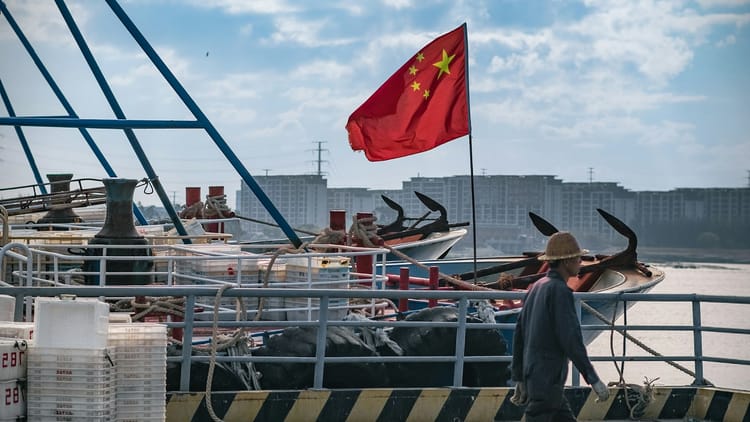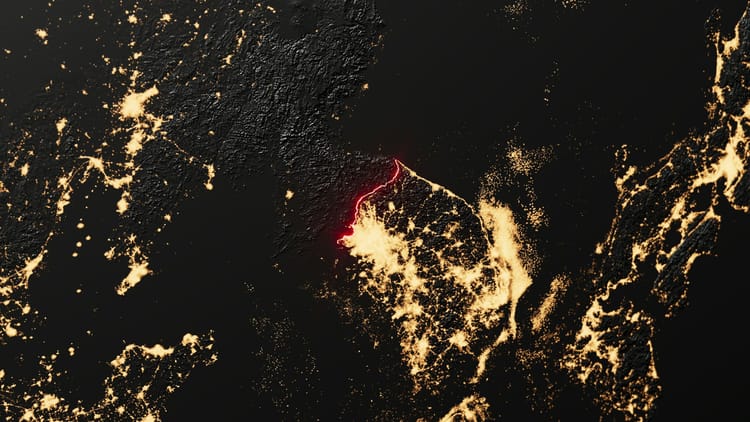Nowhere to hide

When the United States and its allies imposed sanctions on Russia after the invasion of Ukraine, they were ground-breaking: Western banks froze the Russian Federation’s assets abroad; governments seized oligarchs’ and Kremlin cronies’ foreign property; and Washington cut off Russian banks from the SWIFT international finance system.
But while these punishments were unprecedented—both in their breadth and in the depth of international cooperation around them—for years now, they’ve become more and more central to U.S. foreign policy. Once mostly limited to embargoes against the United States’ Soviet-era adversaries—and more longstanding adversaries like Cuba or North Korea—the measures have dramatically expanded since 1990 under U.S. presidents from both political parties.
Now Washington uses sanctions for a range of goals, forbidding trade with people and companies it suspects of engaging in terrorism, human-rights abuses, or undermining democratic institutions in unstable countries. At the same time, Washington has been imposing export controls on technologies with potential military applications—as in its ban on selling cutting-edge semiconductor chips to China.
The number of American sanctions doubled between 1990 and 2000—and had doubled again by 2020. Today, the U.S. has put them on more than 12,000 individuals, firms, and even whole industrial sectors, across more than 190 countries.
Their effectiveness, however, remains controversial. Comprehensive studies have found that less than a third of sanctions are even partly successful. Imposing them also creates risks: Allies are upset by unilateral American moves to isolate non-American businesses; targeted countries impose harsh counter-measures against American businesses; and bans tend to push sanctioned countries to build their own capabilities for producing high-tech tools and weapons. So why does the U.S. keep expanding its use of sanctions?
Abraham Newman is a professor in the Edmund A. Walsh School of Foreign Service and the Department of Government at Georgetown University, the director of the university’s Mortara Center for International Studies, and the co-author of Underground Empire, a 2023 book on U.S. economic statecraft. As Newman sees it, the increasing economic integration of so much of the world after the fall of communism in Europe created new opportunities for the U.S. to use globalization as a medium for coercion.
In the twenty-first century, Newman says, global networks have come to rely extensively on the U.S. in one way or another—whether on the dollar in the financial system; on the American tech firms dominating the internet; or on critical, American-controlled production chains, as with semiconductor chips. Washington has learned how to turn this reliance into leverage—and that leverage, ultimately, into a powerful political weapon, responding to new overseas crises by turning to sanctions again and again.
Meanwhile, though, the practice often leads to outcomes that undermine the U.S.-led global order. Many of the United States’ closest partners, Newman says, experience economic harm as a result of sanctions imposed on U.S. foes. Targeted countries tend to react by building new economic structures protected from, and even invisible to, Washington and other Western governments. But as the severity of American economic sanctions rises, so do the chances that those sanctioned will respond not just with economic countermeasures but with military force …
Michael Bluhm: Why has the U.S. expanded its use of tools like economic sanctions and export controls so drastically?






